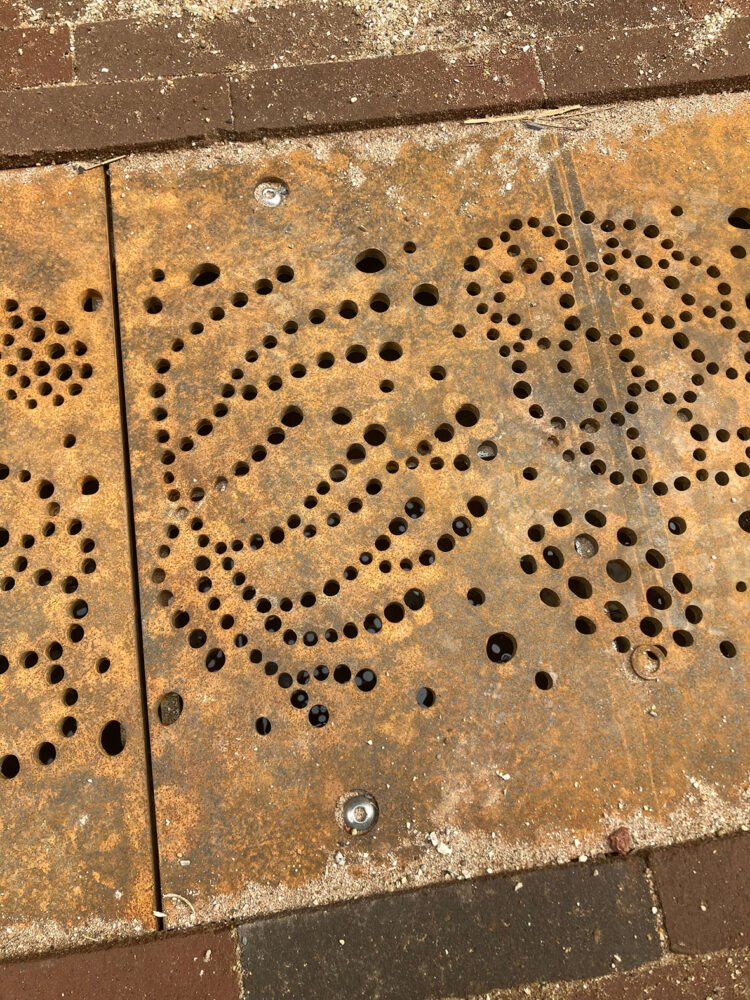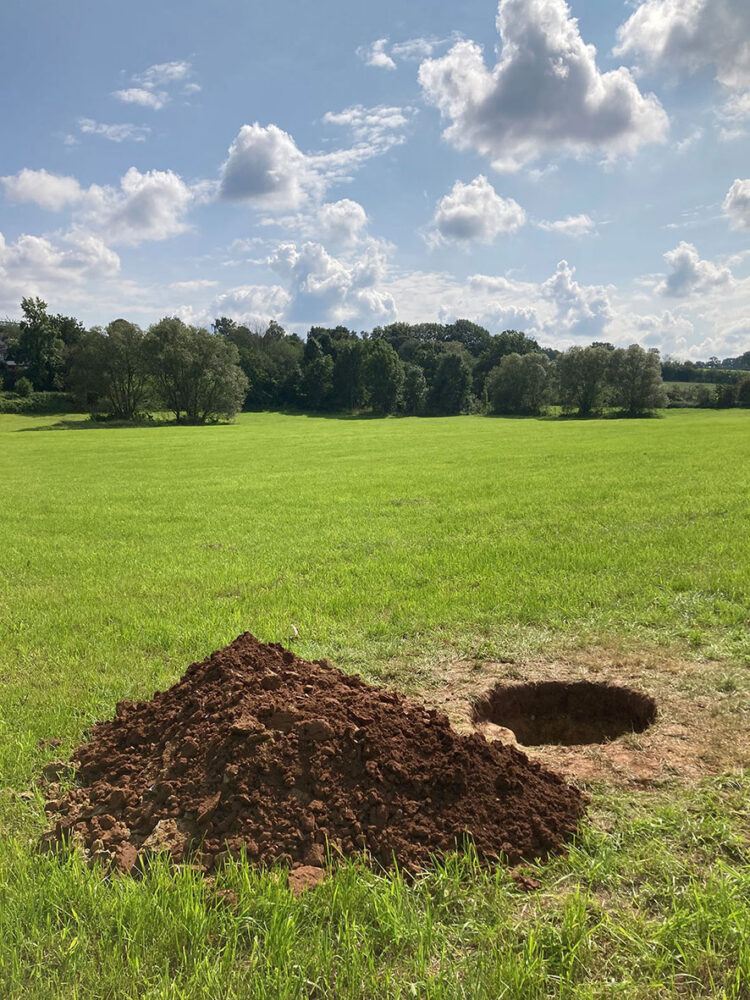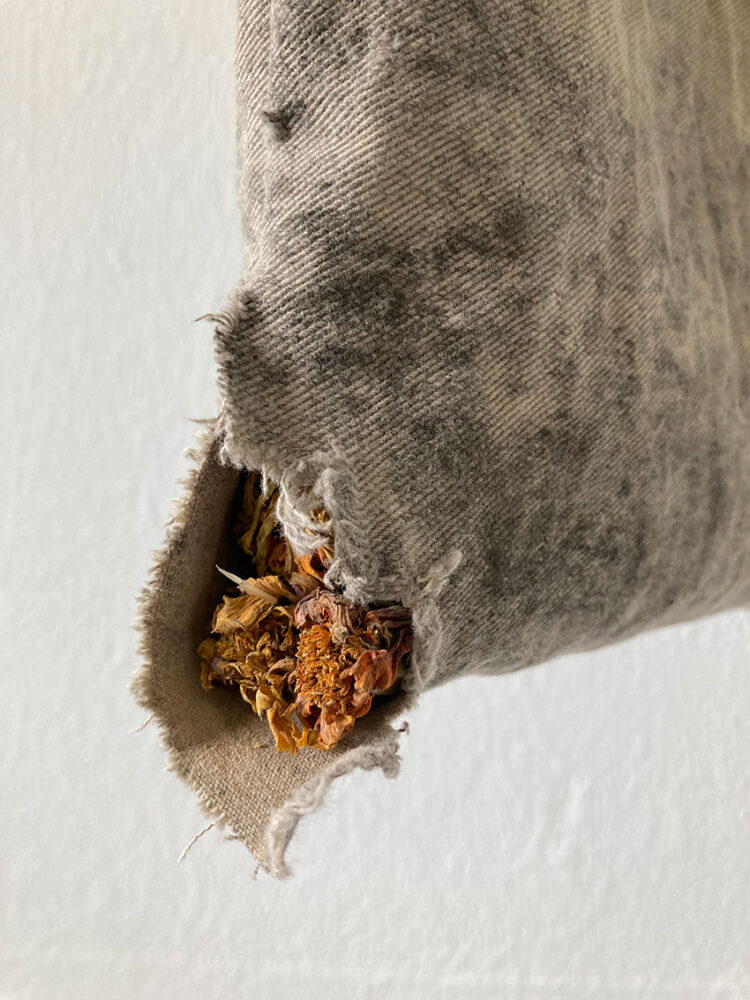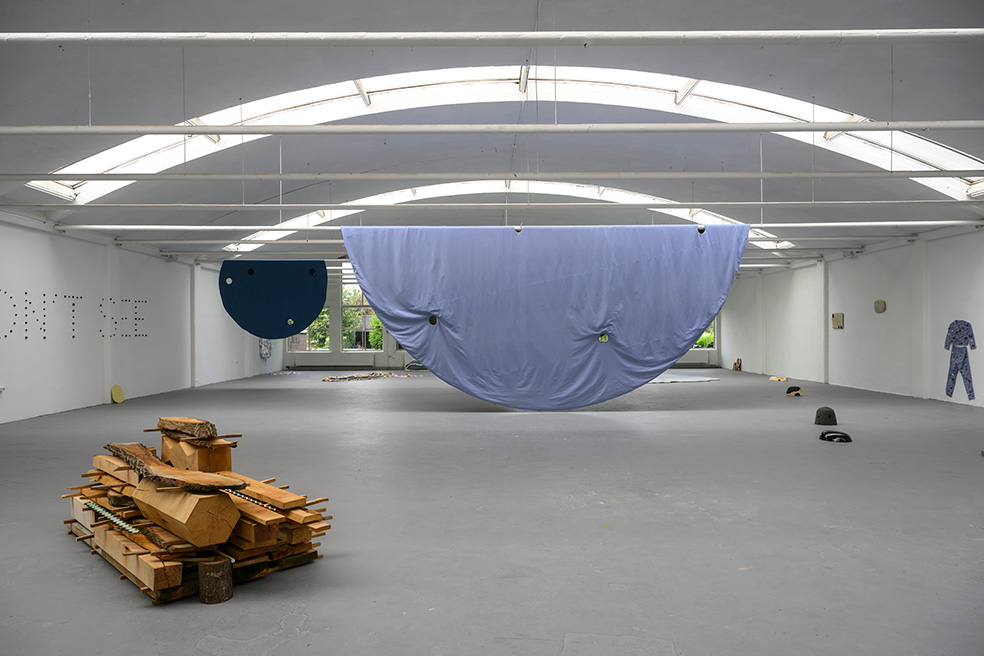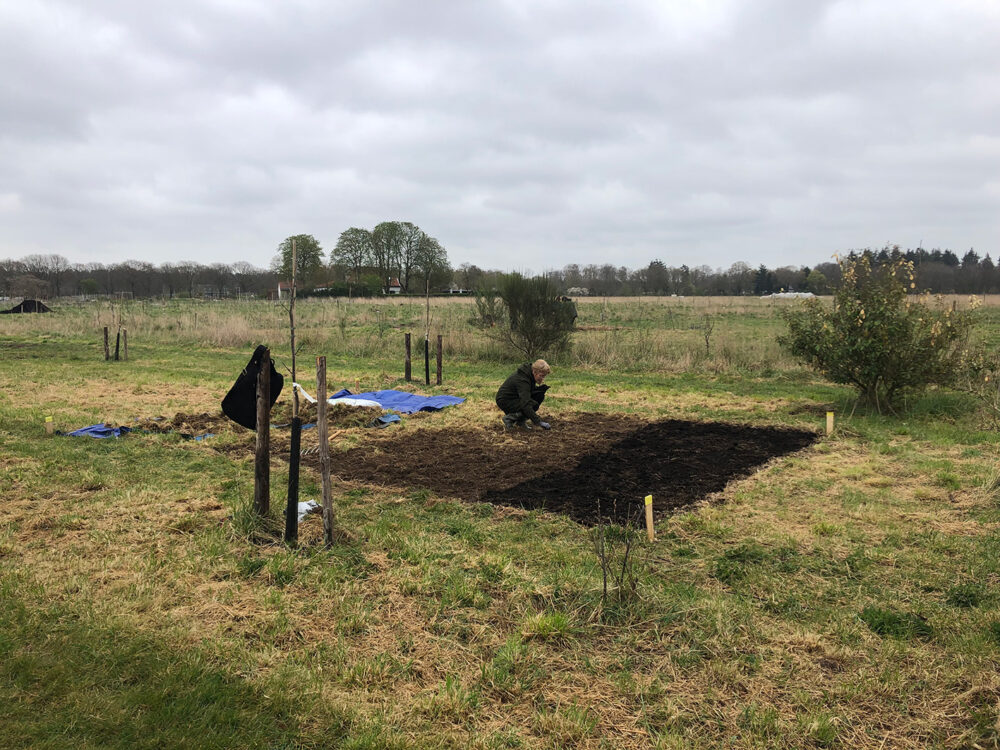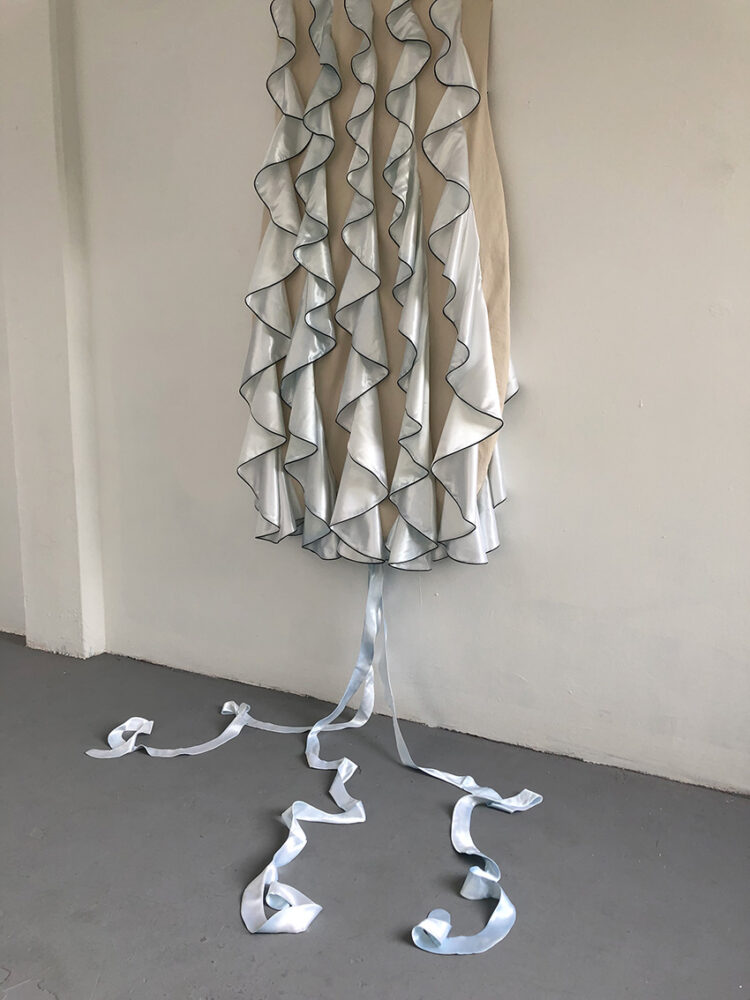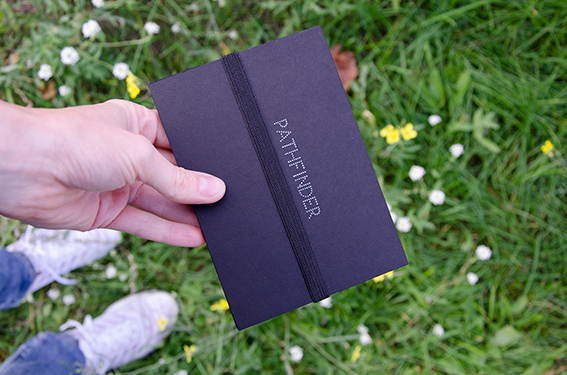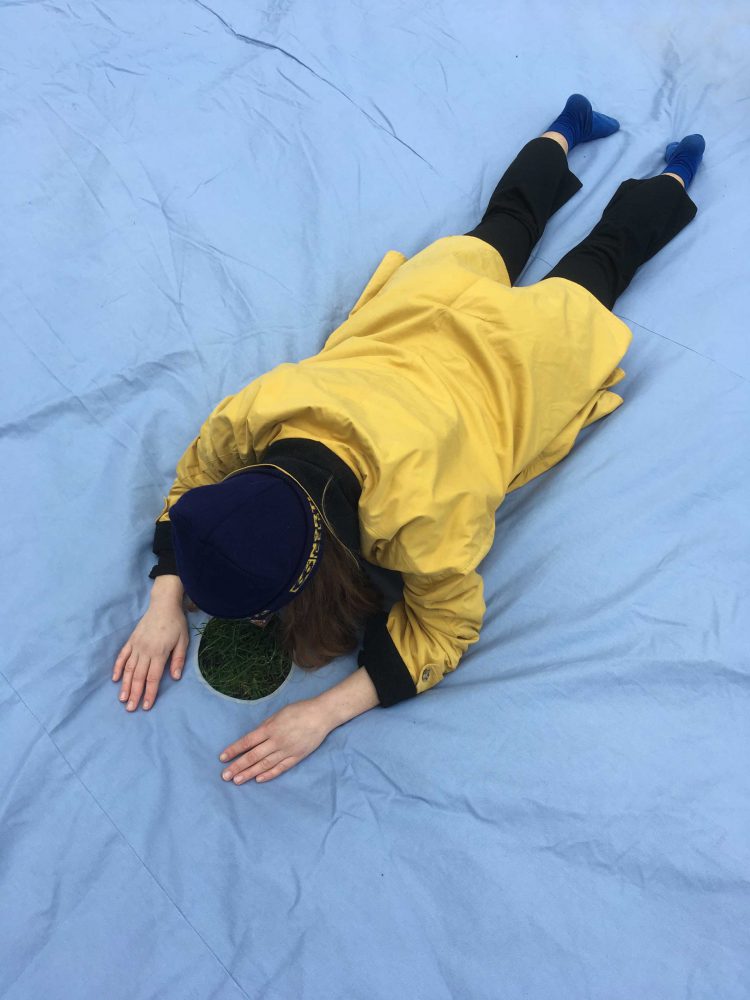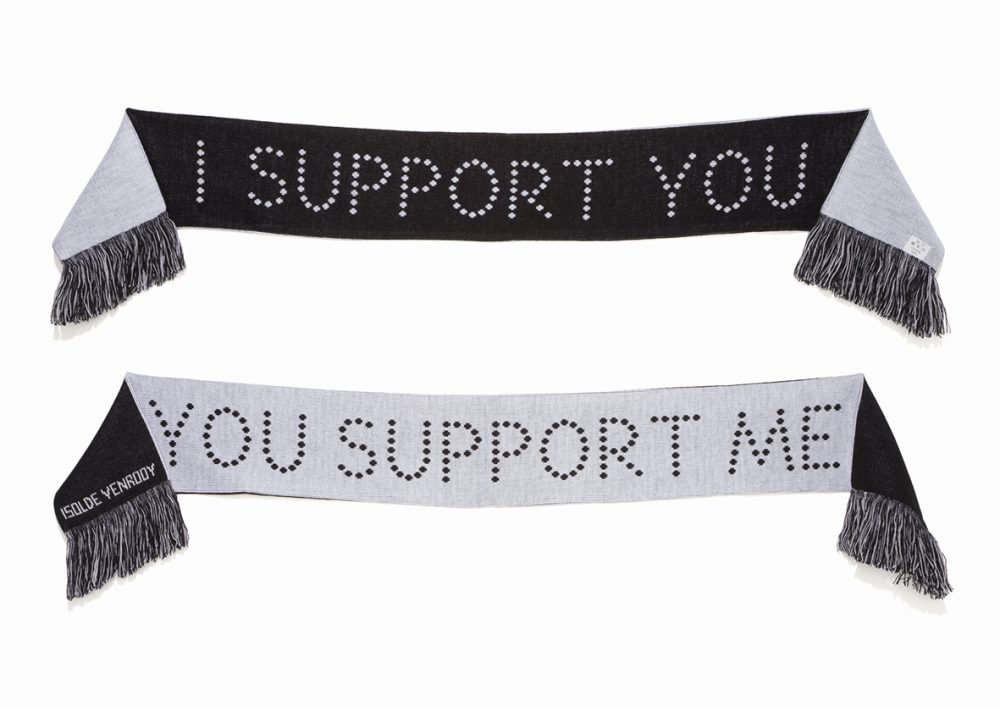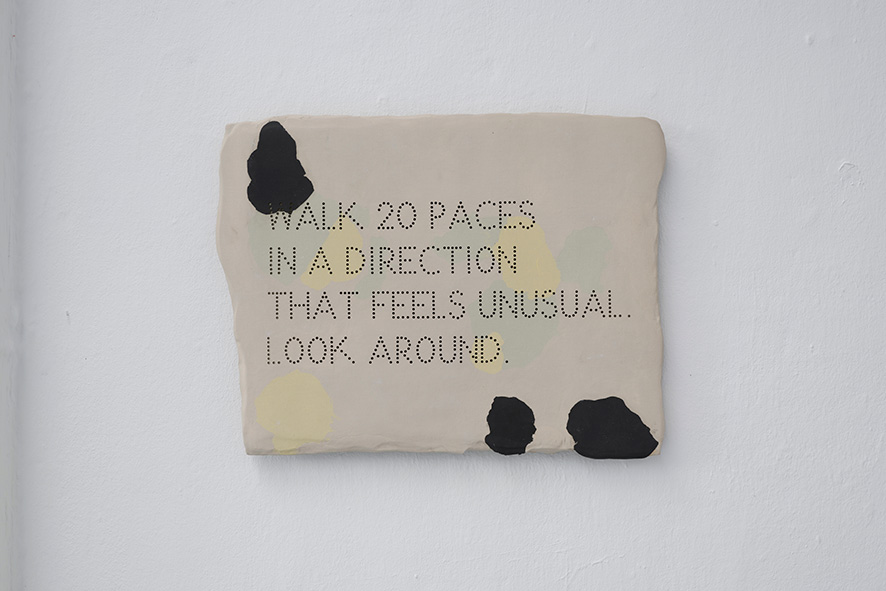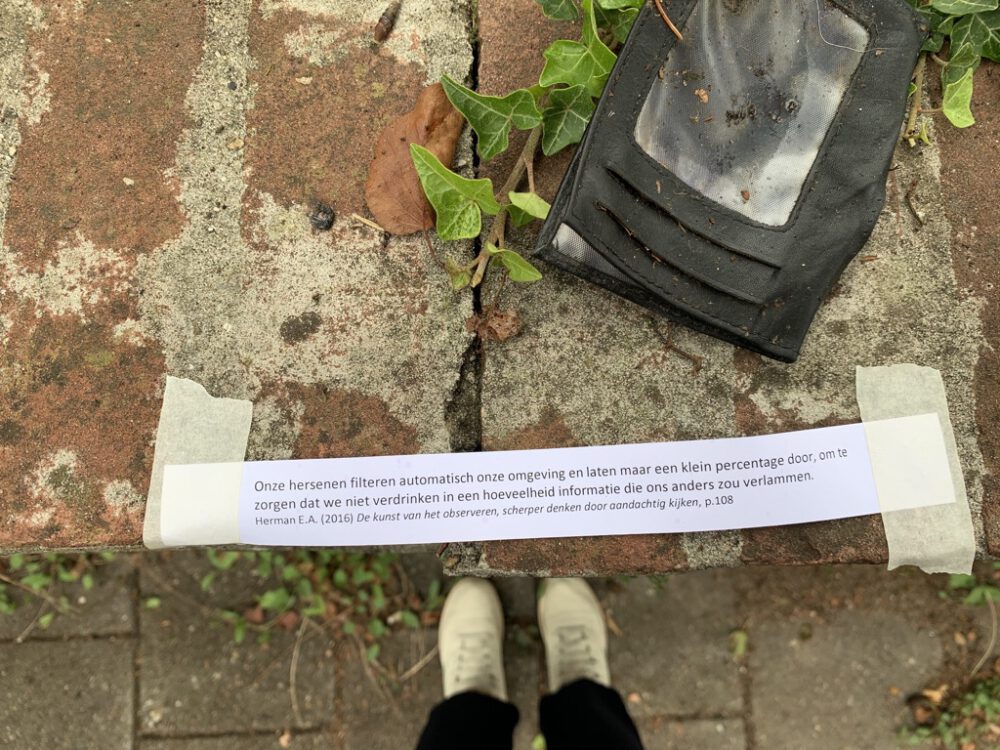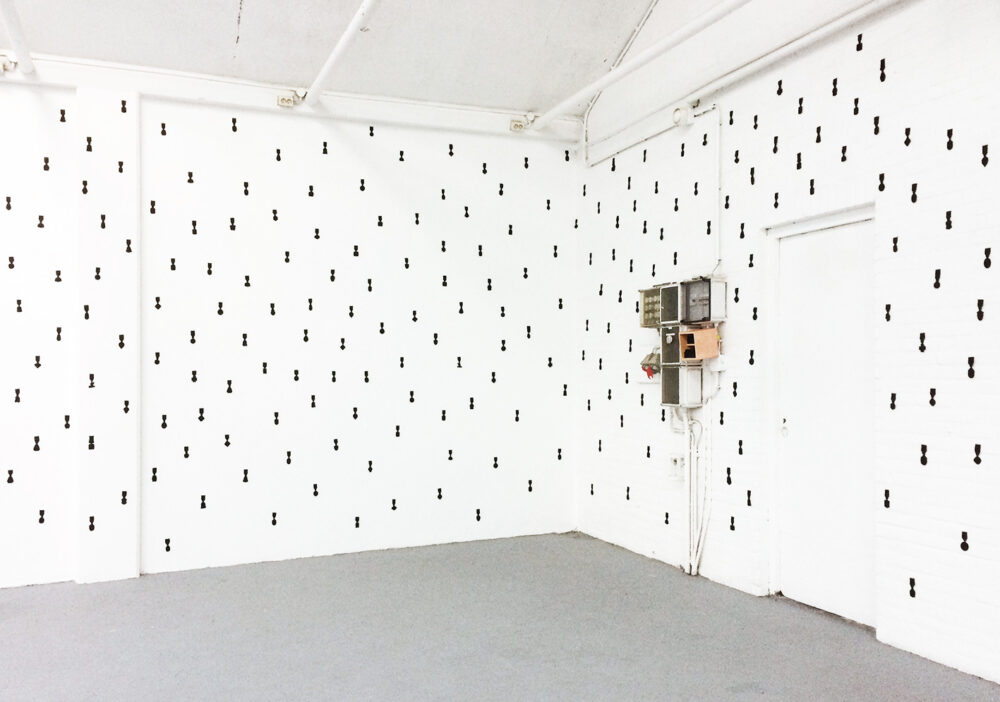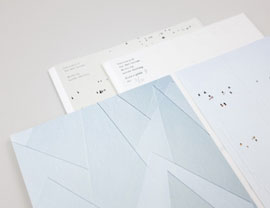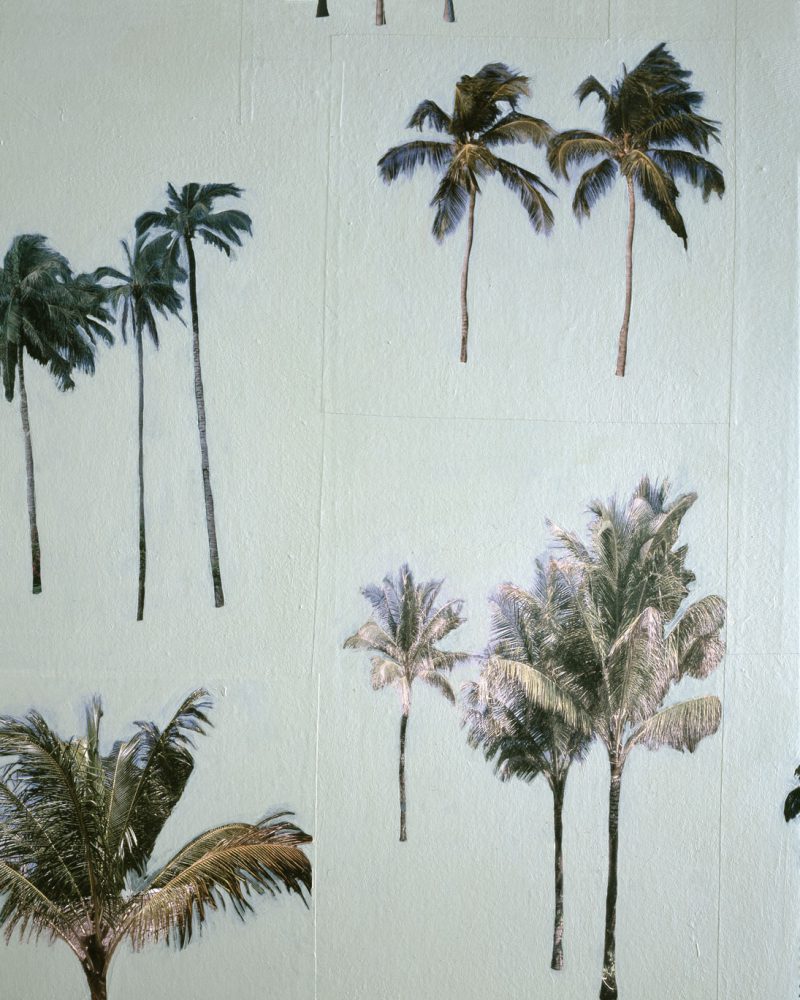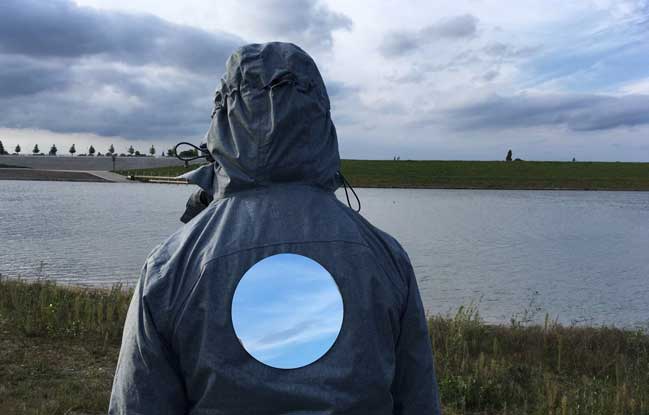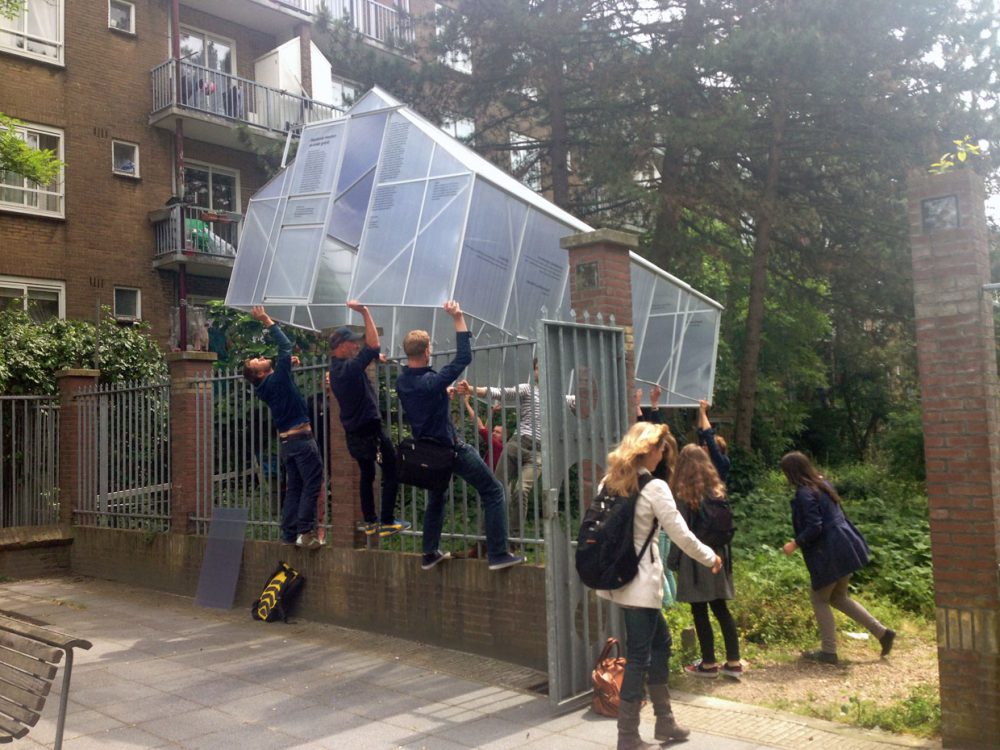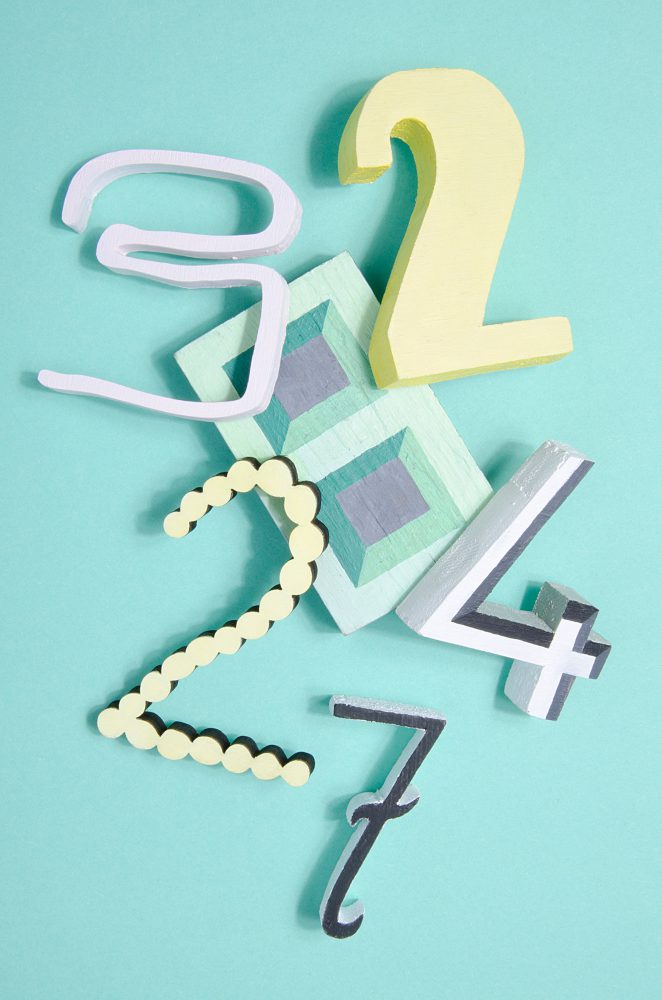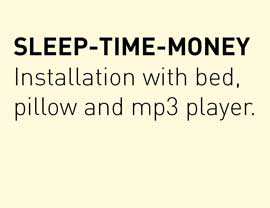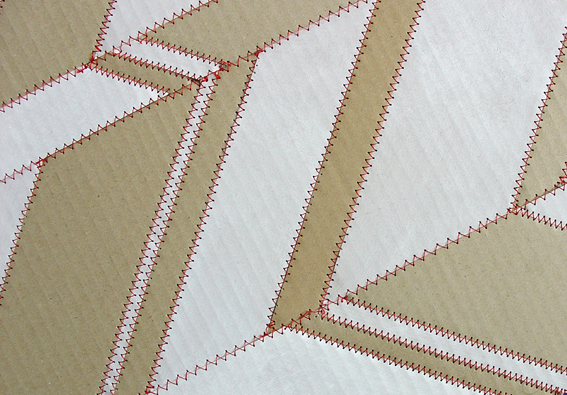The municipality of Nijmegen commissioned me for a series of art interventions in a public wadi landscape. The series draws on ideas from my solo exhibition ·r·e·s·p·o·n·g·e· (De Fabriek Eindhoven, 2022) but in a public space context – and in collaboration with, among others, De Urbanisten, office for urban design and landscape architecture, based in Rotterdam. For these interventions I declared the whole area a sponge, including those who live in and use the space; the sponge as metaphor intends to help us rethink our relationship with water that can change our behavior in light of climate change.
My first design – a grate for the rainwater drainage system – has been approved and produced, and is currently being installed throughout three streets in Hart van de Waalsprong, north of Nijmegen. This grate is a prelude to several artistic interventions, all inspired by spongy beings. Through their porosity, sponges represent processes of regenerating, filtering and retaining water as well as letting water flow, sponges inspire us to coexist with water bodies in many ways.
I am grateful to be working on this project in 2023 and 2024 and to see how people are embracing the concept of the sponge. Moreover, I am thrilled to witness how the sponges are multiplying.
